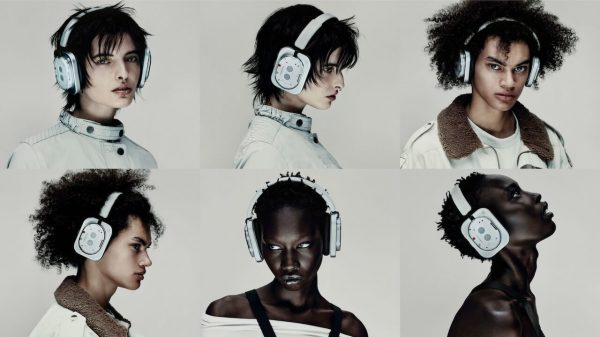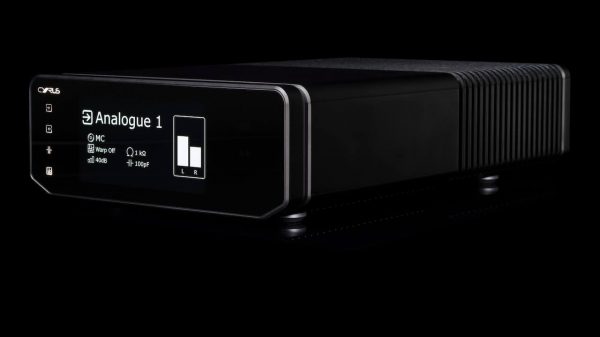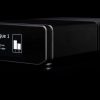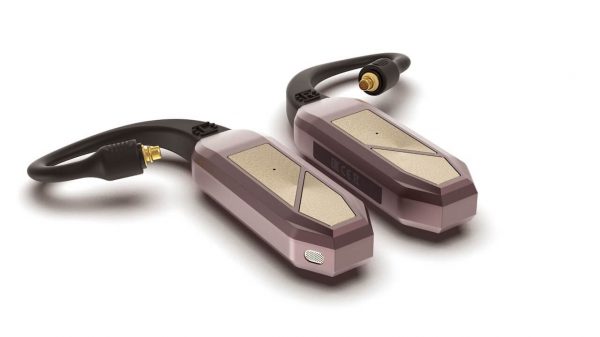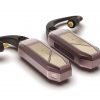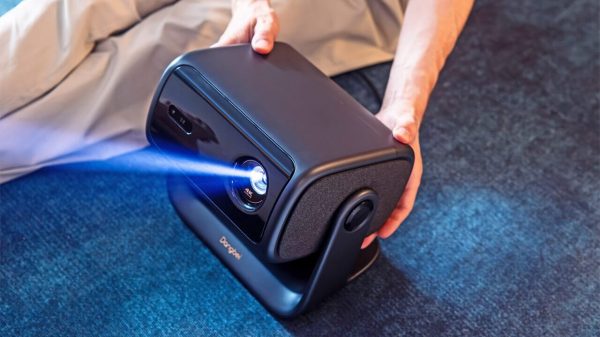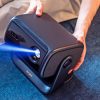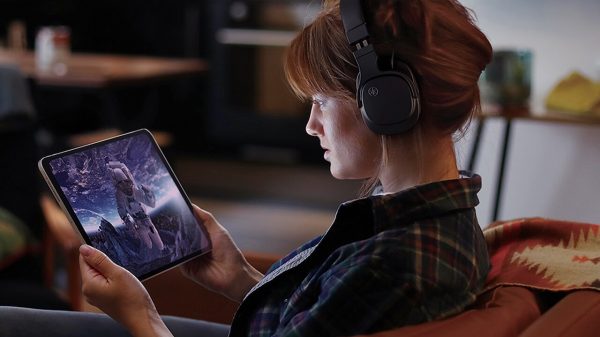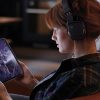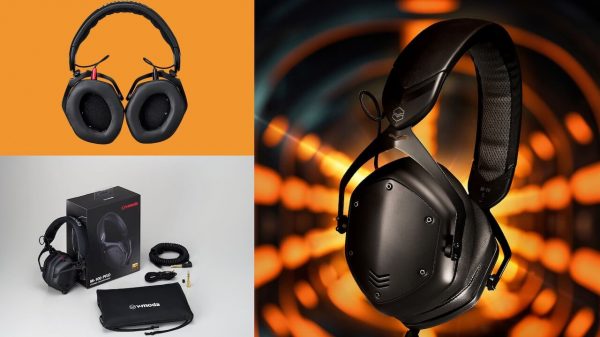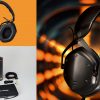Epson Challenges Advertising for Texas Instruments’ DLP Front Projectors; TI Voluntarily Discontinues Claims, Following NAD Inquiry
The National Advertising Division of the Council of Better Business Bureaus has determined that Texas Instruments Inc., took necessary and appropriate action in discontinuing certain advertising claims for its DLP Front Projector Optical Systems. NAD noted that the evidence in the record does not support these claims.
NAD, the advertising industry’s self-regulatory forum, opened an inquiry into TI’s product performance claims, following a challenge by Epson America, Inc. The challenged claims appeared in sales literature and at trade shows, in print advertisements in trade publications, brochures, videos, demonstrations, and consumer testimonials in both paper and electronic formats, including on the advertiser’s Website. Claim at issue included:
- Its optical systems are “completely enclosed” or “completely sealed”
- “Choose DLP projectors with sealed optics to save yourself from your own dust nightmare.”
- “The optics, lamp, color wheel, mirror and DMD are [enclosed] in a protective tube so dust cannot affect image.”
- “DLP projectors enable sealed optics which do not require filters. The result? Lower maintenance needs which typically translates to significantly lower operating costs. If you’re used to working with LCD projectors, you will understand.”
- “Now, imagine if your projectors were filter free. No filter cleanings, no filter replacements, minimum maintenance. Filter free projectors, powered by DLP picture technology offer improved performance and value without added maintenance cost. DLP projectors feature sealed optics enabling a filter free design. With no filter, there’s no filter cleanings or replacements. You will save significant maintenance cost and personnel time.”
- “DLP projectors have sealed optics and typically do not require filters that must be cleaned and changed.”
- “Low maintenance means lower cost. DLP projectors do not require a filter that must be cleaned and replaced with regularity, saving time and money!”
- “DLP projectors feature a completely enclosed imaging design. This means that dust and chalk and other classroom irritants won’t degrade the projector’s performance over time. LCD projectors require filters to keep out the just, and those must be cleaned or replaced with regularity.”
- “DLP technology enables a filter-free design with sealed optics, which eliminates the need for periodic maintenance and filter replacement.”
- “filter-free technology that reduces maintenance cost”
- “Low maintenance means lower cost. DLP technology enables a filter-free design and therefore does not require a filter (that must be cleaned and replaced regularly.) That saves time and money!”
- “Most DLP projectors feature a filter-free design. They also incorporate a completely enclosed optical system to protect the critical imaging components. Dust, dirt, and other contaminants are less likely to degrade the projector’s picture over time. LCD projector technology has exposed optics that require a filter which must be cleaned and replaced regularly, costing time and money.”
The challenger objected to the advertiser’s claims that its projectors have a “completely enclosed” or “completely sealed” optical system, which is sealed in a protective tube from lamp to lens. It also objected to the message that because DLP-based projectors features such a system, they are impenetrable to dust, which results in certain performance and cost of ownership advantages over 3LCD-based projectors. The challenger noted that these claims not only appear in advertising published by the advertiser, but they have also been adopted and widely disseminated by the projector manufacturers that use the technology.
In response to NAD’s inquiry, the advertiser asserted that it has discontinued, and will cease dissemination of, materials with claims concerning or visually depicting DLP-based projectors as “completely enclosed” or “completely sealed,” as well as completely free from or unaffected by dust.
Further, the advertiser said it will no longer use claims that DLP-based projectors have sealed optics or enclosed optics or are completely free from or unaffected by dust.
The advertiser noted that it is in the process of revising its DLP sales brochures and online advertising to reflect these changes, and that these revisions should be completed soon. It also stated that it has permanently discontinued the animation showing how dust affects LCD and DLP projectors, and the portion of the video showing the same, from its Website.
Otherwise, the advertiser responded to the challenge on procedural grounds only. The advertiser argued that Epson’s challenge addresses claims that are virtually identical to those that it challenged in 2008. The advertiser noted that NAD determined then that the claims were these claims were substantiated. Specifically, the advertiser contended, NAD concluded that these claims were “appropriate” and “substantiated” because DLP projectors are filter-free.
NAD, in its decision, noted that the scope its 2008 and 2009 inquiries was different and that NAD it did not opine on the truth and accuracy of the “completely enclosed” or “completely sealed” claims in its 2008 proceeding.
NAD noted as well that it “appreciated the advertiser’s voluntary undertaking to permanently discontinue all claims concerning or visually depicting DLP-based projectors as ‘completely enclosed’ or ‘completely sealed,’ as well as completely free from or unaffected by dust.
NAD noted that the evidence in the record does not support these claims, and therefore concluded that the advertiser’s voluntary undertaking to discontinue these claims was necessary and appropriate. Further, NAD recommended that the advertiser take all steps necessary to ensure that such claims also be removed from any and all third party advertising for DLP front projector technology.
Texas Instruments, in its advertising statement, said it “reconfirms the commitment it has made to NAD to discontinue all claims concerning or visually depicting DLP-based projectors as ‘completely enclosed’ or ‘completely sealed,’ as well as completely free from or unaffected by dust.”
The company further said that it “takes seriously its responsibilities with respect to the customers with whom it directly deals, as well as the marketing representatives acting on its behalf. Accordingly, Texas Instruments is continuing the process of informing these third parties that Texas Instruments has discontinued all advertising concerning or visually depicting DLP-based projectors as ‘completely sealed’ or ‘completely enclosed’ and completely free from or unaffected by dust. As part of this communication, Texas Instruments is making clear to them that, to the extent they decide to continue to make such claims, they need to rely on their own substantiation.”
“Texas Instruments appreciates the role that NAD plays in helping advertisers adhere to the proper standards and is pleased that NAD has concluded its inquiry,” the company stated.
NAD’s inquiry was conducted under NAD/CARU/NARB Procedures for the Voluntary Self-Regulation of National Advertising. Details of the initial inquiry, NAD’s decision, and the advertiser’s response will be included in the next NAD/CARU Case Report.
About Advertising Industry Self-Regulation: The NARC Board of Directors is composed of representatives of the American Advertising Federation, Inc. (AAF), American Association of Advertising Agencies, Inc., (AAAA), the Association of National Advertisers, Inc. (ANA), Council of Better Business Bureaus, Inc. (CBBB), Direct Marketing Association (DMA), Electronic Retailing Association (ERA) and Interactive Advertising Bureau (IAB). Its purpose is to foster truth and accuracy in national advertising through voluntary self-regulation.
NAD, CARU and ERSP are the investigative arms of the advertising industry’s voluntary self-regulation program. Their casework results from competitive challenges from other advertisers, and also from self-monitoring traditional and new media. NARB, the appeals body, is a peer group from which ad-hoc panels are selected to adjudicate NAD/CARU cases that are not resolved at the NAD/CARU level. This unique, self-regulatory system is funded entirely by the business community; CARU is financed by the children’s advertising industry, while NAD/NARC/NARB’s sole source of funding is derived from membership fees paid to the CBBB. ERSP’s funding is derived from membership in the Electronic Retailing Association.
The National Advertising Review Council (NARC) was formed in 1971. NARC establishes the policies and procedures for the National Advertising Division (NAD) of the Council of Better Business Bureaus, the CBBB’s Children’s Advertising Review Unit (CARU), the National Advertising Review Board (NARB) and the Electronic Retailing Self-Regulation Program (ERSP).


